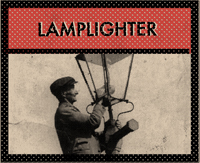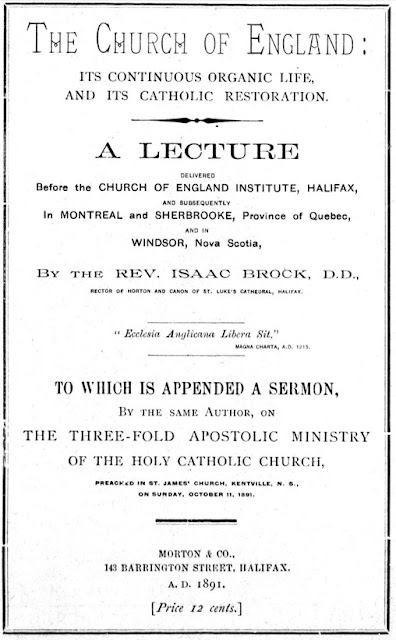 |
| Detail of refinished Point Pleasant Lamp post - K. Ingram |
“They have a discreet presence. Like a big oak tree that’s been here for years.”
To the best of his knowledge, no one visiting the park has ever commented on the lampposts... "Maybe they will get the conversation they deserve near the luxury of the Old Lodge,” Heighton said, refering to the brick building at the park entrance across the street from Young Avenue.
Heighton's comments led me to research the history of the Glasgow Corporation Lighting Department, the technology surrounding public lighting, and the vanished role of the lamplighter.
 |
| Glasgow Corporation Electric Lighting Department, 1892 |
Gas lighting was introduced to Glasgow in 1818, and at the time gas technology was called Inflammable Air, which to me is particularly magical. The first gas street lamp in Glasgow was lit that same year, on September 5, but previously to gas technology, the only way to light public streets was to have wick lighting, which is the same now as it always has been: the power of the candle or oil lamp! The Glasgow Corporation Lighting Department eventually changed its name to include 'Electric' at the advent of the invention of electric lights by way of the carbon arc lamp, the fluorescent lamp, and then the incandescent electric lamp in the 1870's.
Public lamps (both wick and gas) during the 1870's were still lit most often by a Lamplighter, or Lichtie. The Lamplighter served several functions within a city, most obviously illuminating street lamps at dusk with the help of a long wick or pole, and sometimes a ladder. The lamplighter would return at dawn to extinguish the lamps, replacing fuel, wicks or making repairs as needed. Some cultures also regarded the Lamplighter as a watchman of sorts, keeping eye on the city when it was coming to rest, or rising for the day.
While electric lighting was a great deal safer for the general public in their homes, many areas of Europe continued the use of gas street lamps well into the 20th century. The symbolic power of the lamplighter (as a carrier of light) has been employed in various religions and used as a character and metaphor in fiction and poetry. In 1854, a novel called 'The Lamplighter' was written by Maria Susanna Cummins, and since then, the Lamplighter has appeared in writing from John le Carré's mysteries to Chapter 14 of Antoine de Saint-Exupéry's 'The Little Prince', where the prince meets a lamplighter:
The fifth planet was very strange. It was the smallest of all. There was just enough room on it for a street lamp and a lamplighter. The little prince was not able to reach any explanation of the use of a street lamp and a lamplighter, somewhere in the heavens, on a planet which had no people, and not one house. But he said to himself, nevertheless:
"It may well be that this man is absurd. But he is not so absurd as the king, the conceited man, the businessman, and the tippler. For at least his work has some meaning. When he lights his street lamp, it is as if he brought one more star to life, or one flower. When he puts out his lamp, he sends the flower, or the star, to sleep. That is a beautiful occupation. And since it is beautiful, it is truly useful."
 |
| Lamplighting in Glasgow, 1955 |
Stay tuned to find out how this post will relate to my next planned performance in the Park during the month of March. In the meantime, light a little candle in commemoration for the profession of the lamplighter.




















